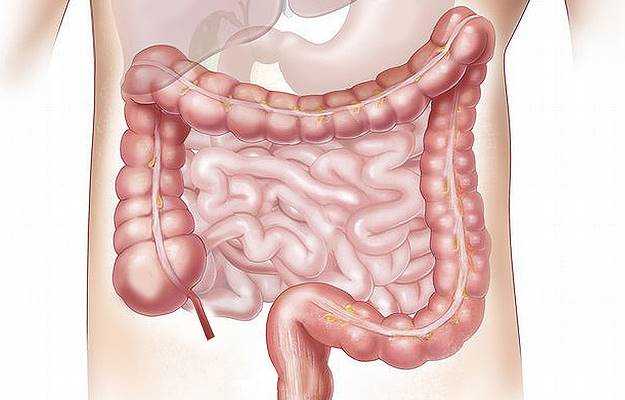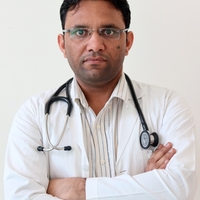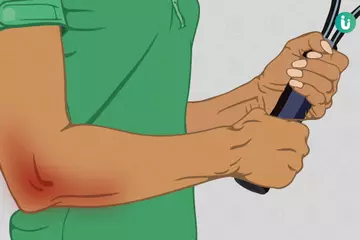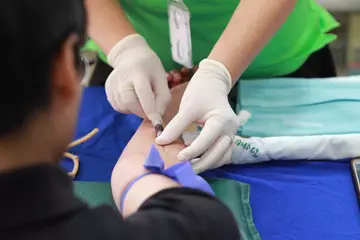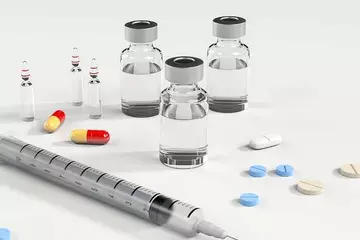What is diverticulitis?
Diverticulitis is a medical condition which affects the large intestine (bowel). In diverticular diseases, small bulges develop in the walls of the large intestine. The inflammation of these diverticula is known as diverticulitis. Generally, you don’t notice any symptoms when diverticula are formed. However, when they get infected or inflamed, they cause severe pain. This condition is mostly seen when you don’t have enough fibre in your diet.
What are its main signs and symptoms?
Following are the symptoms of diverticulitis:
- Severe abdominal pain, mostly on the left side
- Fever of 38 C (104 F) or above
- Frequent bowel movements
- Vomiting
- Feeling tired
- Bleeding in stool
What are the main causes?
Diverticulitis is commonly associated with low-fibre diet and old age. There may be a genetic cause as well. In diverticulitis, small pockets called diverticula that are formed in the weak spots of the wall of the intestine become inflamed. This results in infection, mostly forming an abscess.
Although the exact cause is still unknown, it is often seen in those who are obese, use painkillers for long periods of time and have a history of constipation.
How is it diagnosed and treated?
Diverticulitis is mostly diagnosed when you have an acute pain in the abdomen. The doctor will do a thorough physical examination along with a rectal examination. He may also make a note of your dietary habits. Your blood may be tested for infection. Colonoscopy is done so that the doctor can view the intestine from within. Before taking an X-ray, your doctor will flush your intestine through the anus with a contrasting dye (barium). CT scan is performed to detect an abscess which has formed outside the intestinal lining. Your stool is also checked for the presence of blood.
Diverticulitis is considered a medical emergency and requires immediate medical attention. Antibiotics are given to control infection, along with pain-relieving medicines. Intravenous fluid intake is given to rest the bowel. In case of complications such as a blockage in the intestine, a surgery called colectomy may be done, in which the affected part of the intestine is removed. After a colectomy, a procedure called colostomy is performed where the healthy end of the intestine is brought out through an opening in the abdominal wall and is fitted with a bag to collect stools. This is done as a temporary procedure for about six to 12 months.
You will have to follow a few preventive measures like increasing your dietary fibre intake, fluid intake and exercising regularly to improve bowel function.

 Doctors for Diverticulitis
Doctors for Diverticulitis 
